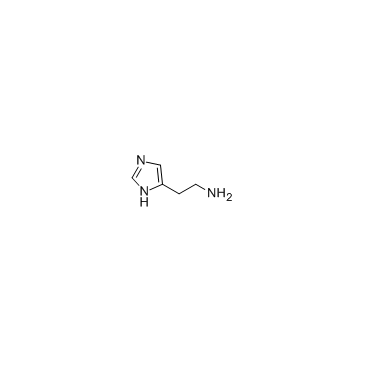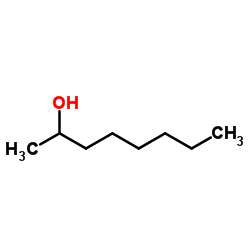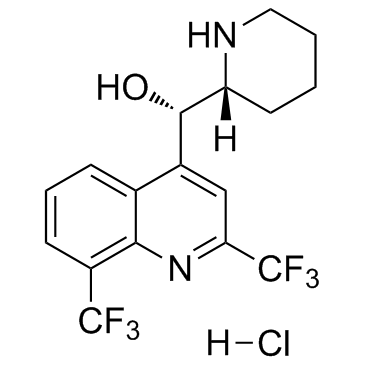| 结构式 | 名称/CAS号 | 全部文献 |
|---|---|---|
 |
布雷菲德菌素A
CAS:20350-15-6 |
|
 |
组胺
CAS:51-45-6 |
|
 |
2-辛醇
CAS:123-96-6 |
|
 |
盐酸甲氟喹
CAS:51773-92-3 |